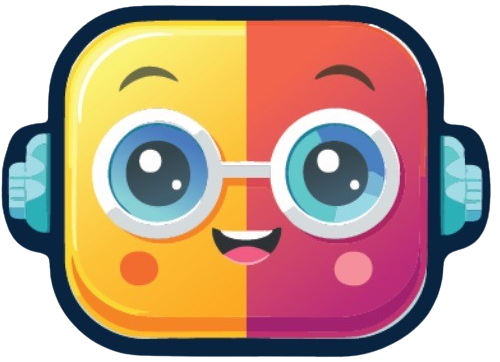AI tools are becoming part of our daily workflows — from chatbots and writing assistants to summarizers. But sometimes, these systems confidently generate information that’s just… wrong. That’s what we call an AI hallucination — when an AI sounds right but delivers made-up facts, quotes, or references.
As AI takes on more critical roles, understanding these hallucinations — and knowing how to prevent them — is essential.
What Are AI Hallucinations?
At a basic level, an AI hallucination happens when a language model like ChatGPT or Gemini generates a response that sounds accurate — but isn’t.
It might quote a non-existent study, reference a policy that doesn’t exist, or summarize an article with facts that were never there. The response looks polished, but it’s built on fiction.
The Technical Side:
AI hallucinations occur because large language models (LLMs) don’t retrieve facts — they predict the next word based on patterns in the data they were trained on. There’s no built-in “truth detector.” Just probabilities.
Think of it this way:
“Humans hallucinate because they “see” what isn’t there. AI hallucinates because it “guesses” what might fit.”
Real-World Examples:
- A chatbot confidently explaining a company’s refund policy — even though no such policy exists.
- An AI summarizer inventing a quote from a CEO in a document that never mentioned them.
- A copilot suggesting metrics that were never collected.
Why Do AI Models Hallucinate?
AI models aren’t fact-checkers — they’re predictive engines. Their goal isn’t to be right. It’s to sound right.
Here’s why hallucinations happen:
- They predict, not verify: LLMs like ChatGPT don’t know facts. They generate responses based on word patterns, not truth.
- No built-in fact-checking: Unless connected to a live source (like in RAG setups or proper domain boundary setup, etc.), they can’t confirm whether something is real.
- Limited or outdated training: Models are only as good as the data they were trained on. If it’s biased, incomplete, or old — errors are bound to happen.
- Vague or broad prompts: If your question isn’t specific, the AI fills in the blanks — and that’s where it can go off track.
- Temperature settings = randomness: A higher “temperature” in the generation settings increases creativity — but also the chance of made-up answers.
📌 Think of an AI model like a really smart autocomplete. It’s great at finishing sentences… even when the facts don’t exist.
Types of AI Hallucinations
AI hallucinations come in different forms — and knowing which type you’re dealing with helps you design better prompts, workflows, and systems. Here are the six most common:
- Fabricated Facts: AI generates information that sounds factual but is completely made up.
- Fake References or Citations: AI invents non-existent books, articles, authors, or research papers to back its statements.
- Misattribution: AI mixes up who did what, assigning the correct fact to the wrong person, company, or time.
- Overgeneralization: Drawing a broad, sweeping conclusion from a limited data set.
- Logical Errors: AI makes reasoning mistakes, leading to false conclusions despite correct data.
- Contextual Errors (Domain Mixing): AI mixes concepts or terms from different domains incorrectly.

Consequences of AI Hallucinations
When AI gets things wrong — and does so confidently — the fallout can be serious:
- Misinformation: Fabricated facts can spread quickly, especially in public-facing content or summaries.
- Loss of Trust: Users may stop relying on AI tools if they notice repeated errors.
- Compliance Risks: In legal, medical, or financial contexts, hallucinations can lead to costly mistakes or violations.
- Bad User Experience: In SaaS products, wrong answers reduce credibility and hurt retention.
Conclusion
AI hallucinations aren’t random glitches — they’re a natural result of how language models work. They generate what seems likely, not what’s factually true.
In this first part, we explored:
- What AI hallucinations are
- Why they occur
- And the risks they pose when left unchecked
As AI continues to shape how we interact with information, it’s critical to understand its limitations — not just its capabilities.
But understanding the problem is only half the story.
👉 In Part 2, we’ll explore how to reduce hallucinations using practical, proven methods — and even where they can be used creatively to enhance design, data, and storytelling.
Stay tuned.

